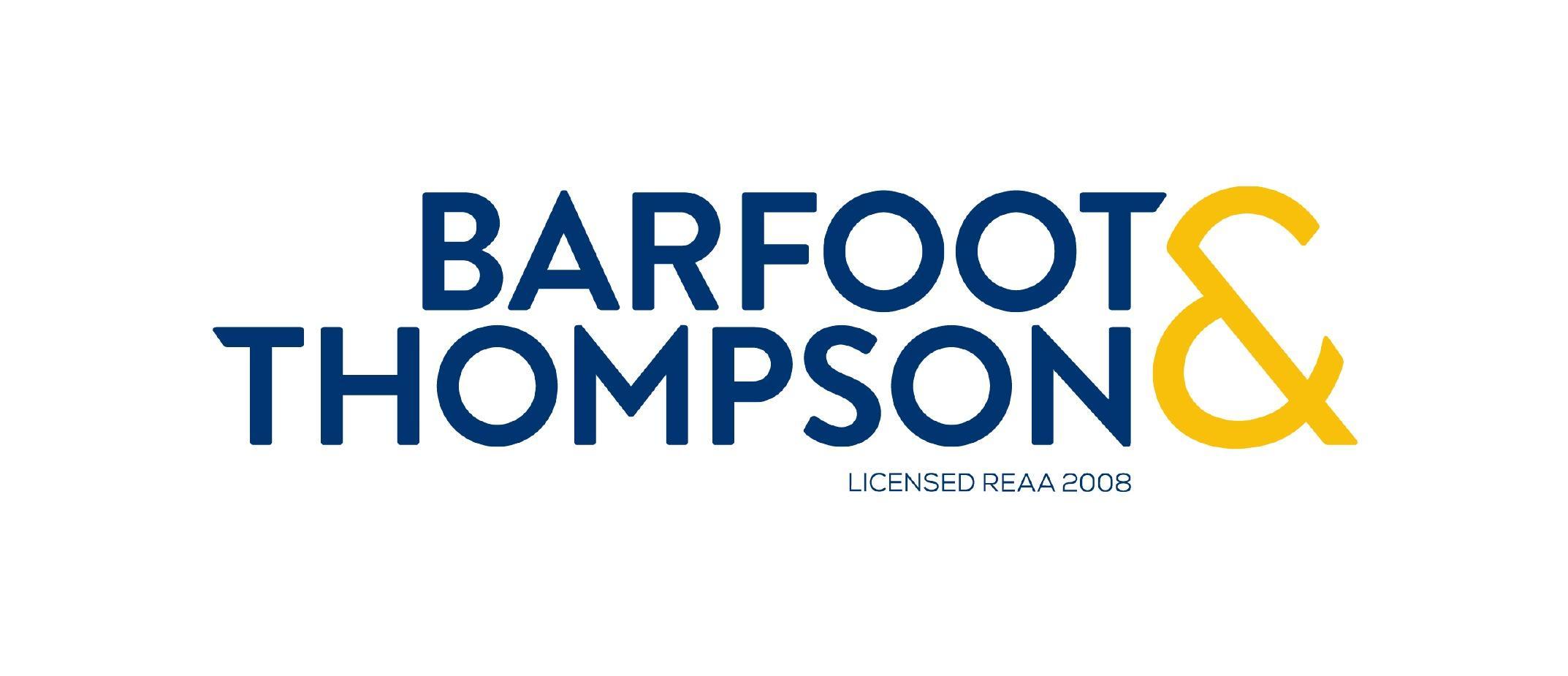Do you know what gets a bee in my bonnet?
When I hear property investors or commentators in our industry trying to convince us that there is one best property investment strategy.
Here’s the truth. There is no ‘one’ strategy for everyone.
But, there is a ‘right’ strategy for everyone.
And that strategy is going be based on:
a) the needs of the individual investor
b) what the investor wants to get from property investment
c) what the investor is willing to contribute to their portfolio in terms of time and money
I recently spoke on this exact topic at APIA’s recent Take-off event, trying to answer the question: “how do I figure out what the right strategy
is for me?”
In this article, you’ll be introduced to a model that can help guide you to determine what your needs, wants, and ability to contribute is. Once you’ve
done this, you can create your own ‘right’ property investment strategy for yourself.
Introducing the Property Investor Needs-Triangle Model
Because your right strategy is based on three things: needs, wants and ability to contribute, this Property Investor Needs-Triangle also has three parts
–
- Aspirational needs – the goal you are trying to achieve. Pick one from this category
- Financial needs – this incorporates your appetite for risk and what you can afford to contribute financially to your portfolio. Pick
2 from this category - Functional needs – how much time, effort and knowledge you can put into your strategy. Pick three from this category (one from each
column)
This is what it looks like:

Before we walk through how to use this model to create a strategy, there are two objections I can already hear some passionate investors saying as they
read this:
‘My favourite need isn’t in here. This is useless …’
The choices within each section are by no means exhaustive.
Feel free to add more options if it suits you.
These are just the core needs and approaches we most frequently see used by property investors in the market.
The other objection I can hear is:
‘Well, my strategy can give both future wealth and cash now. You’re saying it’s one or the other.’
You arr right, it is conceivable to have a portfolio that delivers more than one aspirational need or more than 2 financial needs.
But, picking a strategy (especially as a first-time investor) is about making choices and determining what’s most important to you.
A common tragedy I see is when first-time investors are so inundated with other’s opinions that they forget their own opinion and desires count too.
This needs-based model requires you to make choices. The goal is usefulness, rather than intellectual purity.
How To Use This Model To Create The Right Strategy For You
Case Study #1 – Danielle and Tim
Danielle and Tim are a couple, both in their mid-forties living in Auckland.
They’re both employed full-time – Danielle works as a marketing manager, and Tim works in IT.
Aspirational Needs
The core reason they are interested in property investment is to sort themselves out for retirement. They’re both working full time, so are less concerned
about earning cash now. That’s why this couple selects ‘Future Wealth’ as their aspirational need.
Financial Needs
While Tim and Danielle are fully employed and earn good incomes, they spend most of what they make and don’t save a lot.
That’s the reason why the majority of their wealth is tied up in KiwiSaver and their own home. This means that if Danielle and Tim want to start investing
in property, they’ll likely need to leverage their home to invest.
That means purchasing with 100% lending. i.e. a mortgage that is 100% of the properties
purchase price.
Next, because their aspirational need is to build their future wealth, they are keen to pursue capital gains. They believe that by the time they retire,
this is where they’ll get the most wealth.
Together, Danielle and Tim decide their two financial needs are ‘100% Lending’ and ‘Capital Gains’.
Functional Needs
Lastly, because Danielle and Tim are employed full-time and have little knowledge of the sector, they decide that they prefer to be passive investors.
So, they select low-effort, low-knowledge and low-time as their functional needs.
All up, this is what Danielle and Tim decided their needs are:

What strategy might work for Tim and Danielle?
A couple of strategies could work for Tim and Danielle. But, here’s one we often see investors with similar needs to Danielle and Tim opt for:
- Adopt a passive approach since Danielle and Tim want investments that are low-effort, low-knowledge and low-time intensive
- Because they don’t want to be actively involved, they might outsource all property management and maintenance
- Because they’re leveraging their own home to invest, they might only invest in new properties, which have lower lvr deposit requirements than existing stock. This allows them to invest in more properties more quickly.
- Since they’re not going to be actively involved in their portfolio, they can also buy outside of the city they live in. They might buy in the main
centres where capital growth tends to be more consistent, and troughs in the market tend to be less steep. - Finally, because they are looking for capital growth, they’ll need to hold these properties for at least 10 years to ensure they get long enough exposure
to the market, giving them the best chance of achieving capital gains
A plan like this would probably suit Danielle and Tim and the needs they’ve identified.
However, it won’t suit everyone.
Let’s look at another example where a different strategy would be more appropriate.
Case Study #2 – Jessica
Jessica is an experienced property investor and has been working as a builder for the last 10 years.
Aspirational Needs
Jessica is at the stage where she wants to move into full-time property investing and step away from working as an employee.
She’s confident that her current investment properties will secure her future wealth. So she decides to focus on ‘Cash Now’ as her aspirational need so
that she can leave her job.
Financial Needs
She wants to become a full-time property investor as soon as possible. So, she selects a short time horizon as one of her financial needs.
Next, because her savings are primarily tied up in her existing portfolio, Jessica decides she’ll need to borrow at 100% to invest in more property.
Functional Needs
As you can probably tell, Jessica is highly motivated. She’s willing to put in the hard yards to make her goal happen. Whether that means more than a few
late nights or doing a lot of work on her properties herself, she’s up for it.
Jessica has already got the knowledge to do a lot of maintenance of renovation herself, and so decides she is an active-effort, active-knowledge and active-time
investor.
This is what Jessica decided her needs are:

What strategy might work for Jessica?
Based on her needs, the strategy that might most closely suit Jessica is:
- Buy and renovate properties before selling them quickly (aka flipping). This gives her the chance to build up enough savings to confidently step away
from her job. - Because Jessica has a high degree of knowledge and motivation, she will probably choose to do most of the renovation work herself. This will put a
cap on her expenses and increase the profitability on each build, allowing her to move into full-time investment more quickly - Because she’s decided to do most of the work herself, Jessica will likely need to buy properties she can drive to from work or home. That usually probably
means selecting properties in the same city that she lives in - Finally, Jessica will probably need to do a few flips to build up the savings to step away from her job. That’s why she’ll benefit from focussing on
one suburb where she can get to know the market. This way, she’ll quickly come to grips with the sort of renovation changes that will add the most
value to the properties.
This strategy would probably suit Jessica but would be totally inappropriate for Danielle and Tim.
What’s the top takeaway from these case studies?
The two sets of investors had totally different needs, aspirations and circumstances. That’s why their ideal strategies are entirely different as well.
What Are My Next Steps?
There are two ways you can use this model if you are looking to figure out the right strategy for you:
First up, you could print out the Needs-Triangle from above, select your needs and use it while talking to investors or training providers in the industry.
If you understand your needs, you’ll be able to have an informed discussion with other investors and providers about whether their strategies would work
for you.
I’ll tell you the second way through a little story.
After I gave the presentation at APIA’s Take-off event, I called APIA’s General Manager, Sarina to see how the talk was received.
She mentioned that it’d be even better if there was a simple way to turn these needs into a potential strategy.
Fair point.
Because of Sarina’s feedback, we’ve created a simple quiz based on this model. You can select your needs, and the algorithm will recommend one of four
potential strategies for you.
Obviously, there are more than four potential investment strategies. But, what this quiz will do is give you an indication of the right approach if you
are a first-time property investor. Check it out the property investment strategy quiz here.

ABOUT THE AUTHOR
Ed McKnight
Ed is the Resident Economist at Opes Partners Limited as well as the host of the Property Academy Podcast.













Add Comment